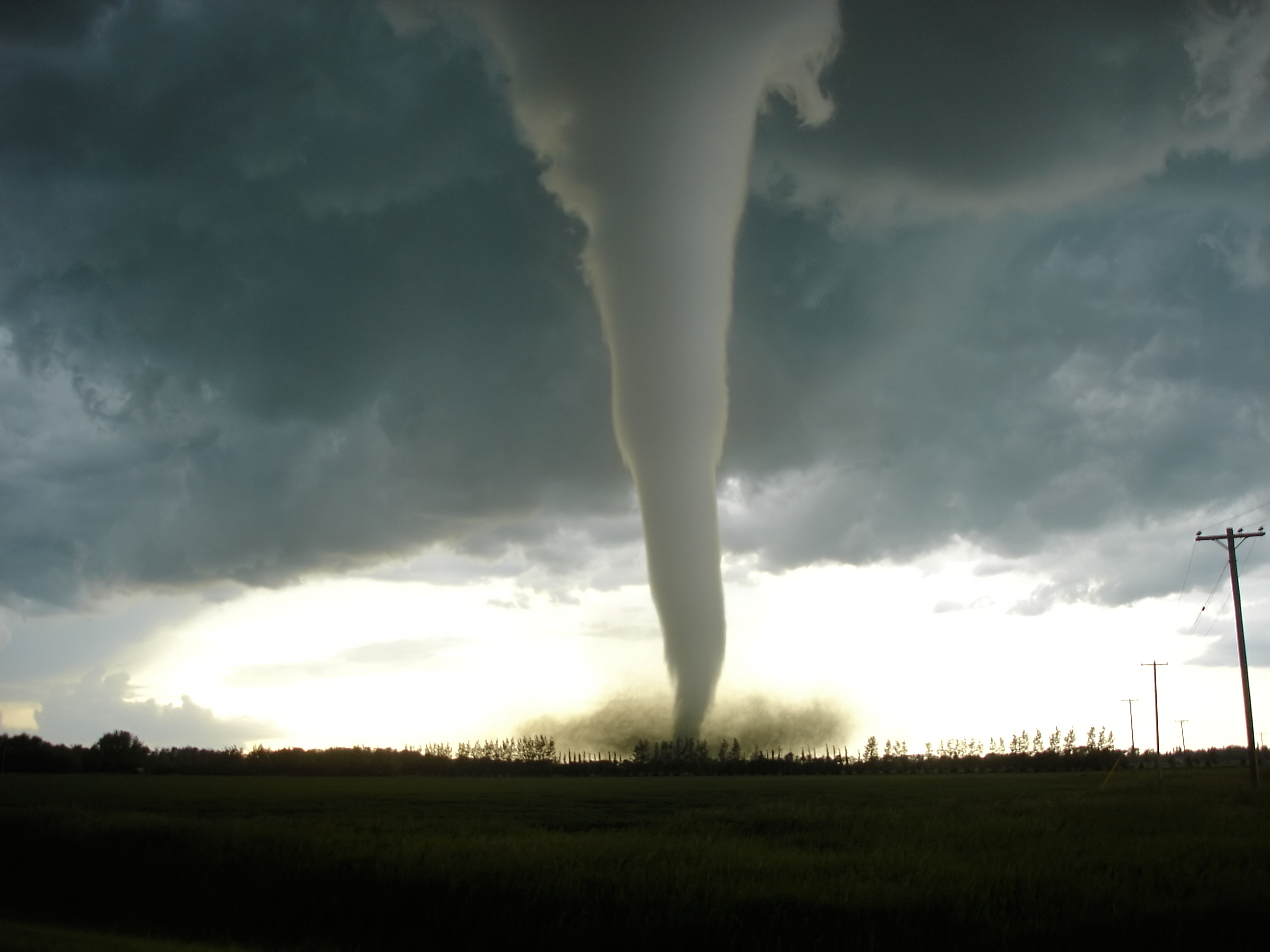 April 8-12, 2024 is Tornado and Severe Weather Awareness Week in Wisconsin. It’s a great time to review your plans in the event severe weather strikes.
April 8-12, 2024 is Tornado and Severe Weather Awareness Week in Wisconsin. It’s a great time to review your plans in the event severe weather strikes.
According to the National Weather Service (NWS), Wisconsin averages 23 tornadoes per year. In 2023, the National Weather Service (NWS) confirmed 21 tornadoes in the State of Wisconsin. While spring and summer are the most active times of the year for tornadoes, they can happen in any month.
In addition to preparedness and education this week, the State of Wisconsin is also conducting a statewide tornado drill on Thursday, April 11. At 1:45 p.m. and 6:45 p.m. Everyone is encouraged to pause what they are doing and practice going to their designated shelter location. The drill will include a mock tornado warning issued — that means NOAA weather radios will sound if you’re actively listening or if your device is programmed to activate on test alerts. In addition, you’ll see social media posts from NWS and some TV/radio stations may pause programming. Some communities may choose to test their outdoor warning sirens during the drill times — however, Dane County will NOT sound outdoor warning sirens.
If there is severe weather expected anywhere in the state on April 11, the drill will be postponed to Friday, April 12.
IMPORTANT TERMS
» TORNADO WATCH means conditions are right for a tornado to develop. Continue with normal activities, but continue to monitor the situation.
» TORNADO WARNING means radar or weather spotters have identified a tornado. The emergency sirens will sound a steady tone for three minutes or longer if there is danger in the immediate area.
In the event of a tornado warning, take the following actions:
-
-
- Seek immediate shelter (individuals with disabilities, follow the same procedures). When the warning siren sounds, seek shelter, preferably in a basement or below-ground evacuation location. A steel-formed or reinforced concrete building will provide some protection.
- In a multi-story building, seek shelter in an interior hallway or a lower floor.
- Basements and interior hallways or rooms on lower floors offer good shelter.
- If you are surrounded by debris, be aware that removing some of it can cause other debris or part of the building to collapse. If it is not safe or possible to leave the area, stay there until assisted out.
-
For more information on preparing for severe weather, please visit Wisconsin Emergency Management’s website.
